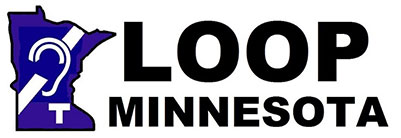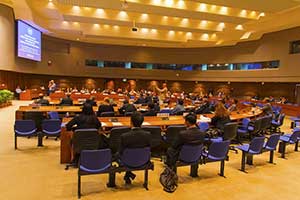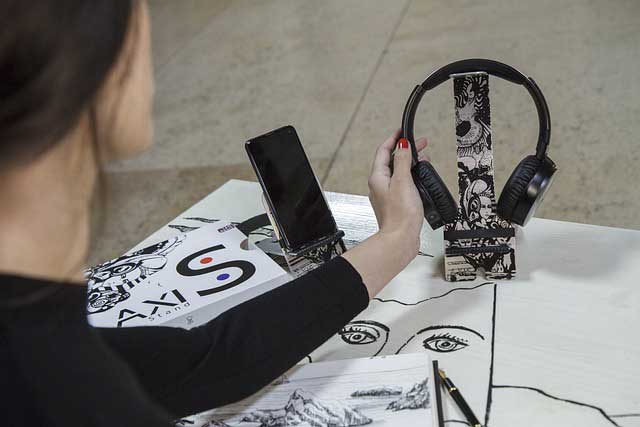Auracast™ is the latest hot topic in audio & hearing research and technology. Articles are written about it. It is debated and discussed in hearing loss and accessibility meetings. Hearing aids and cochlear implants are sold as Auracast-ready. But what does this all mean? What is Auracast™ and where can we find it to experience it?
New technology in a worldwide market.
Commonly referred to as Auracast™ Broadcast Audio, this is a new and evolving Bluetooth® trademark Assistive Listening System (ALS) for public and personal use. The technology is added to the list of already existing access options, such as FM, IR, hearing loops and WiFi. That said, all currently available technologies remain relevant and Auracast™ will coexist with them into the future.
In this emerging and competitive worldwide market, it takes time for manufacturers, installers and venues to catch up with Auracast™ broadcasting and for audiences to become ready for Auracast™ receiving. Right now, we still need it all. Note that those with telecoils in their hearing aids or CIs will also be able to connect to Auracast™ Broadcasting by plugging a neckloop into the provided Auracast™ receivers.
Broadcasting and receiving
Auracast™ uses L.E. (Low Energy) Bluetooth Audio to broadcast (transmit) sound wirelessly from one Auracast™ transmitter to many Auracast-ready receivers (listening devices). Bluetooth compatibility between Auracast™ transmitters and Auracast™ receivers enables people to share their audio with others. The technology promises improved sound quality. But those who are hard-of-hearing may wonder how well Auracast™ will perform in background noise, their archenemy?
Transmitters can be anything from integrated commercial Auracast™ broadcasting units to Auracast-enabled TVs, laptops, pads, computers and smartphones. Receivers are Auracast-compatible listening devices and instruments, such as earbuds, headsets, hearing aids, cochlear and bone-anchored implants and smartphones.
So, where can one listen to Auracast™?
This is a bit of an issue. In the State of Minnesota, no Auracast-broadcasting venues are currently known to Loop Minnesota nor to the people who contact us because they want to listen to the advertised clearer sound with their Auracast-ready hearing aids or cochlear implants.
As of this writing, one could say that public broadcasting installations lag behind advertising & sales efforts, media attention and people’s expectations. Of course, practical issues like pricing and the availability of reliably trained local installers may also contribute to delays.
That said, Auracast-listening opportunities might already be out there. But where? If anybody knows of an Auracast-equipped broadcasting venue in our State, please let Loop Minnesota know. Contact us through this website. We want to establish an Auracast™ location list for our website – as we have done for Hearing Loops.
Getting ready
Eventually, Auracast™ will come to venues near us. Meanwhile, consumers are advised to check on the Auracast™ status of new purchases, such as hearing & listening technologies, home entertainment equipment, smartphones etc. Although Auracast™ access in public places will happen gradually over time, we want to get ready. But for now – we watch and wait.



